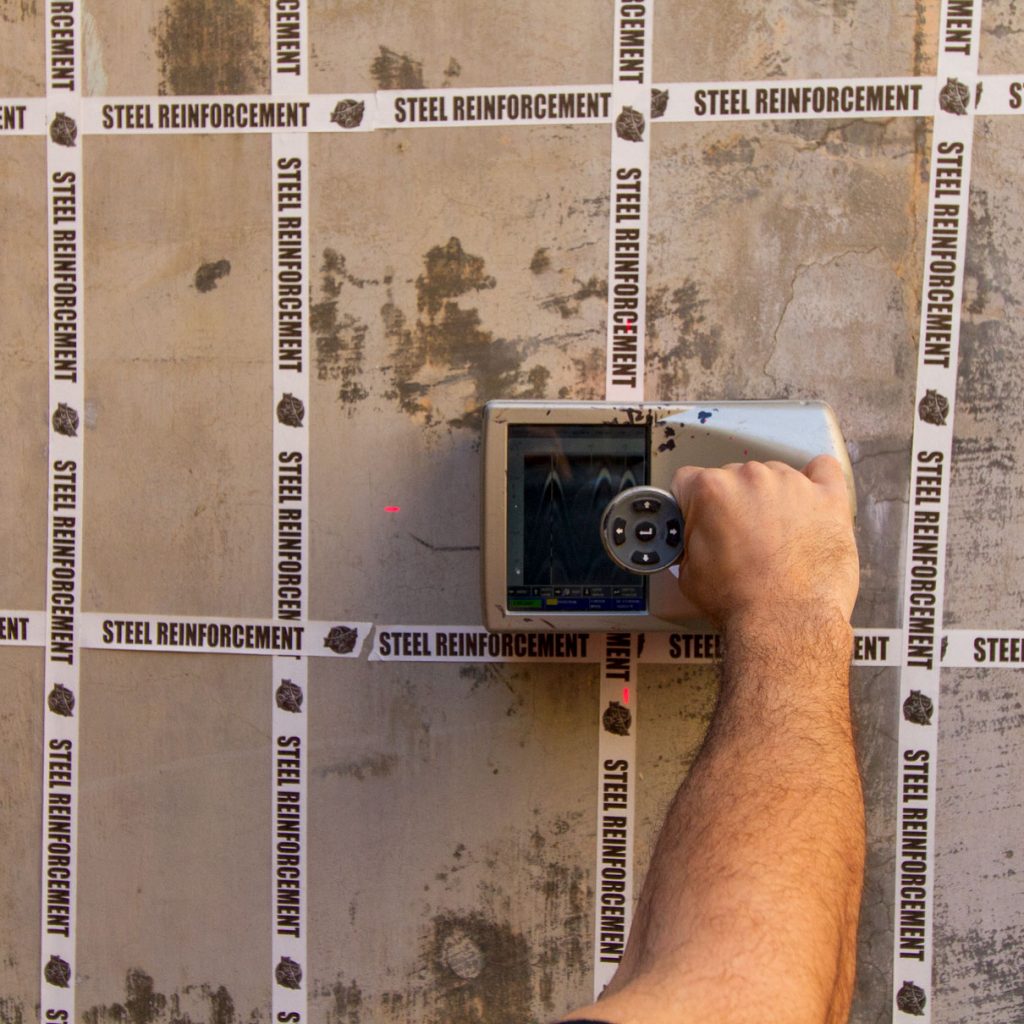Comprehensive Guide to Concrete Scanning Technologies
Comprehensive Guide to Concrete Scanning Technologies
Blog Article
Past the Surface: Leveraging Advanced Concrete Scanning Techniques for Unmatched Accuracy and Understanding
In the world of building and construction and framework maintenance, the quest for accuracy and thoroughness is never-ending. Advanced concrete scanning strategies have actually become vital devices in this quest, offering a glance under the surface to unveil a globe of critical insights. By utilizing cutting-edge modern technologies, experts can discover anomalies, examine the condition of concrete frameworks, and make notified decisions that shape the training course of jobs. The implications of these strategies expand far past mere surface-level analyses, promising a deepness of precision and understanding that is exceptional.
Value of Advanced Concrete Scanning
The significance of utilizing innovative concrete scanning strategies hinges on the unmatched precision they supply for discovering sub-surface anomalies and making certain architectural stability. By using innovative innovations such as ground-penetrating radar (GPR), electromagnetic induction, and advanced finder imaging, construction professionals can dig underneath the surface area of concrete frameworks with a degree of accuracy that much exceeds typical inspection methods. Concrete Scanning. These techniques enable the identification of covert dangers like rebar rust, spaces, channels, or post-tension cords that might endanger the security and safety and security of a framework gradually
Additionally, progressed concrete scanning gives very useful understandings into the general condition of a concrete element without the demand for invasive steps, lessening the danger of causing damages throughout the evaluation process. The ability to pinpoint the specific place and deepness of prospective problems enables targeted repair work and maintenance, ultimately lengthening the life expectancy of the structure and optimizing its performance. Basically, the importance of advanced concrete scanning can not be overemphasized in the realm of building and infrastructure upkeep, where precision and integrity are vital.
Kinds of Cutting-Edge Technologies

Abnormalities and Issue Detection

In enhancement to GPR, concrete scanning methods like thermography and impact-echo testing are also reliable in spotting anomalies and problems. By leveraging these innovative methods, professionals can proactively deal with architectural problems, making sure the durability and security of concrete structures.
Assessing Concrete Condition
Just how can designers properly examine the problem of concrete frameworks to guarantee their longevity and safety? Various innovative concrete scanning techniques are utilized for this objective. Ground-penetrating radar (GPR) is frequently used to examine the internal structure of concrete, finding gaps, cracks, and other abnormalities that may jeopardize its toughness.
Combining non-destructive testing methods with visual inspections allows for an extensive analysis of concrete problem, making it possible for designers Website to determine possible problems early on and execute timely upkeep or repair services. By leveraging visit homepage these innovative methods, engineers can ensure the lasting durability and safety of concrete frameworks.
Enhancing Decision-Making Processes
In the world of facilities administration, enhancing decision-making processes is crucial for making certain the efficient maintenance and longevity of concrete frameworks. Improved decision-making processes in concrete management entail making use of sophisticated scanning techniques to collect thorough data on the condition of frameworks. By leveraging modern technologies such as ground-penetrating radar and 3D imaging, stakeholders can make educated decisions concerning substitute, reinforcement, or repair service techniques.
These progressed scanning methods provide invaluable insights right into the interior make-up of concrete, recognizing potential problems such as voids, cracks, or deterioration that may not be visible externally. This degree of comprehensive details enables proactive upkeep planning, reducing the threat of structural failures and raising the overall life-span of concrete structures.
Moreover, by integrating electronic documents and analysis tools right into the decision-making procedure, stakeholders can track the development of concrete problems gradually, enabling predictive maintenance strategies and optimizing resource allotment. Eventually, the assimilation of innovative concrete scanning strategies boosts decision-making procedures by supplying unparalleled precision, understanding, and performance in framework monitoring.
Verdict
To conclude, progressed concrete scanning strategies supply unrivaled accuracy and insight in detecting anomalies, defects, and assessing the problem of concrete frameworks. By leveraging sophisticated modern technologies, decision-making procedures can be improved, resulting in even more enlightened and effective solutions for maintaining and repairing concrete framework. These methods play a vital function in guaranteeing the safety and security and durability of concrete structures, making them an indispensable device in the field of building and engineering.
Additionally, advanced concrete scanning supplies indispensable insights right into the general condition of a concrete element without the requirement for intrusive procedures, lessening the threat of causing damages during the analysis procedure - Concrete Scanning. Another ingenious technology is 3D X-ray scanning, which provides in-depth images of the inner structure of concrete, supplying beneficial information without the demand for damaging screening. Additionally, Concrete Cover Meters are utilized to gauge the thickness of concrete cover over support bars precisely. Enhanced decision-making processes in concrete monitoring involve using innovative scanning techniques to collect detailed data on the problem of frameworks.In conclusion, progressed concrete scanning strategies offer unequaled precision and insight in finding anomalies, flaws, and assessing the condition of concrete structures
Report this page